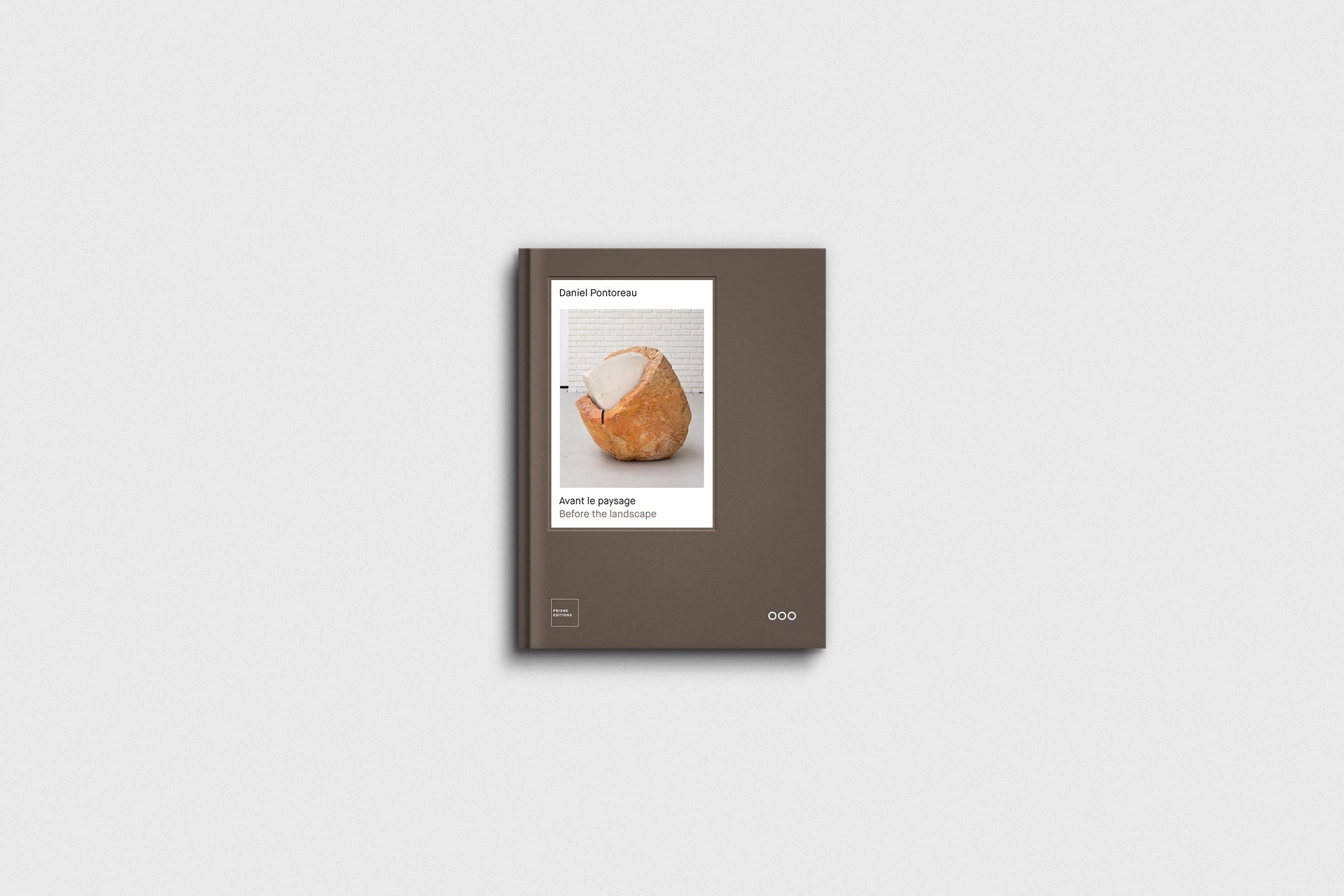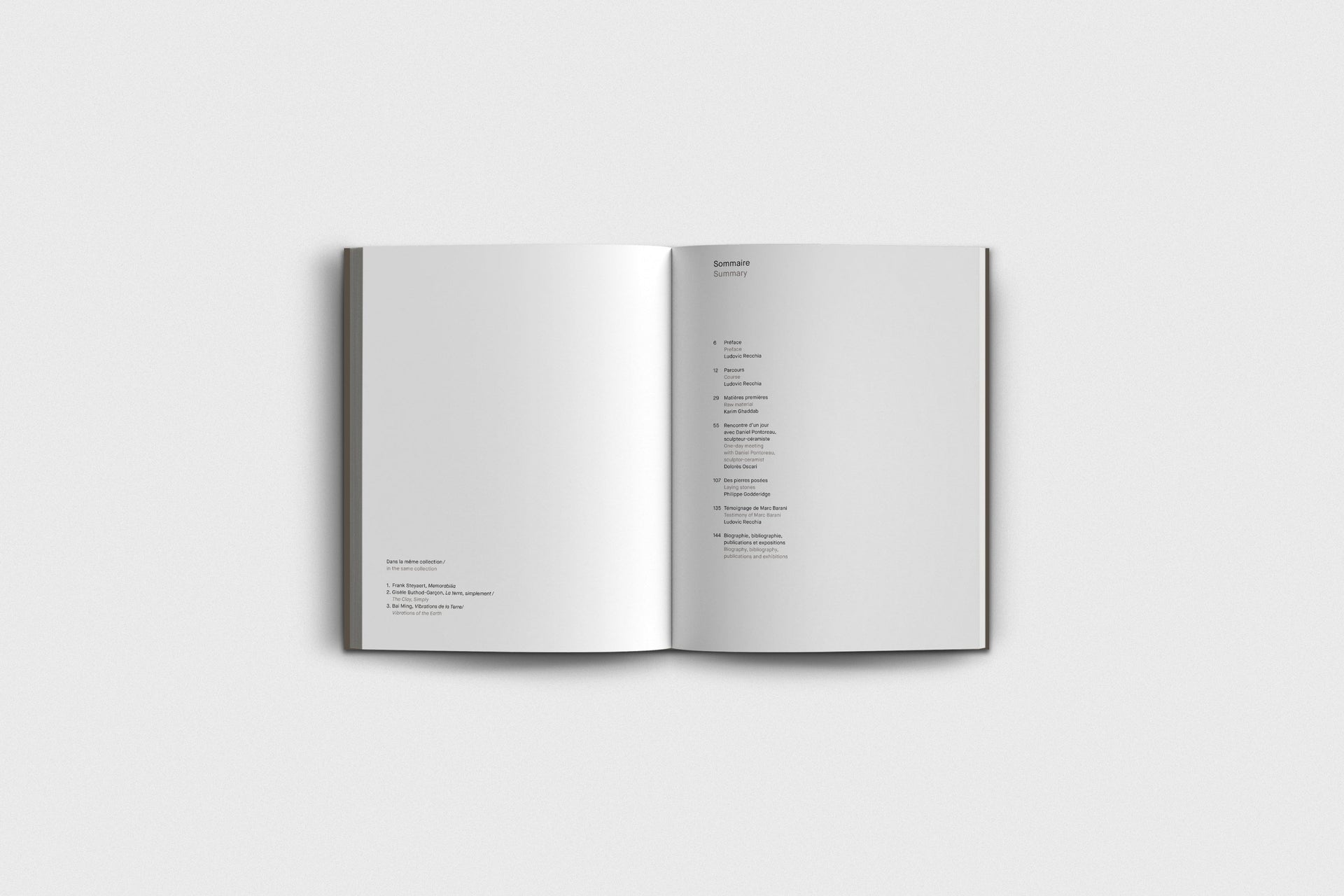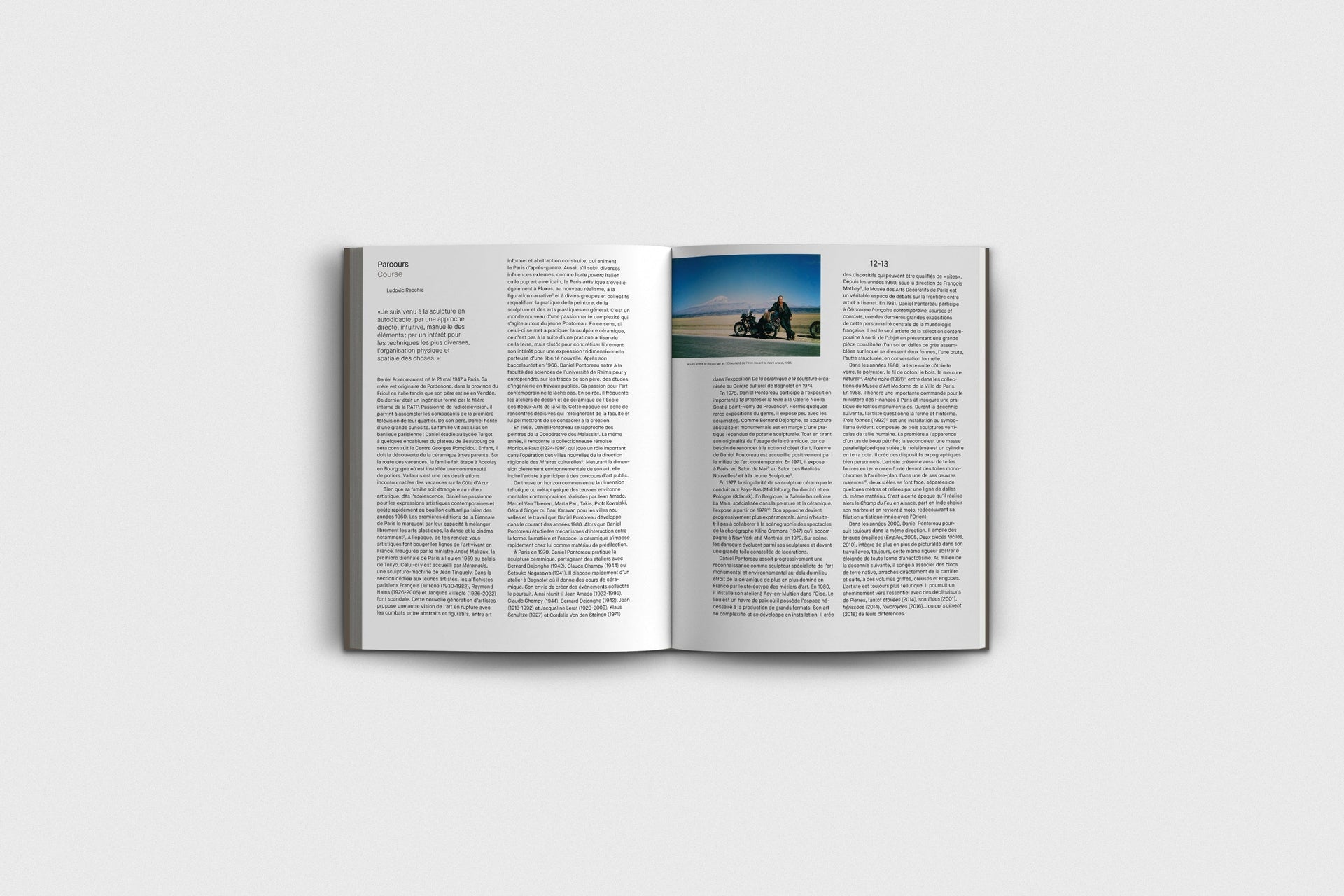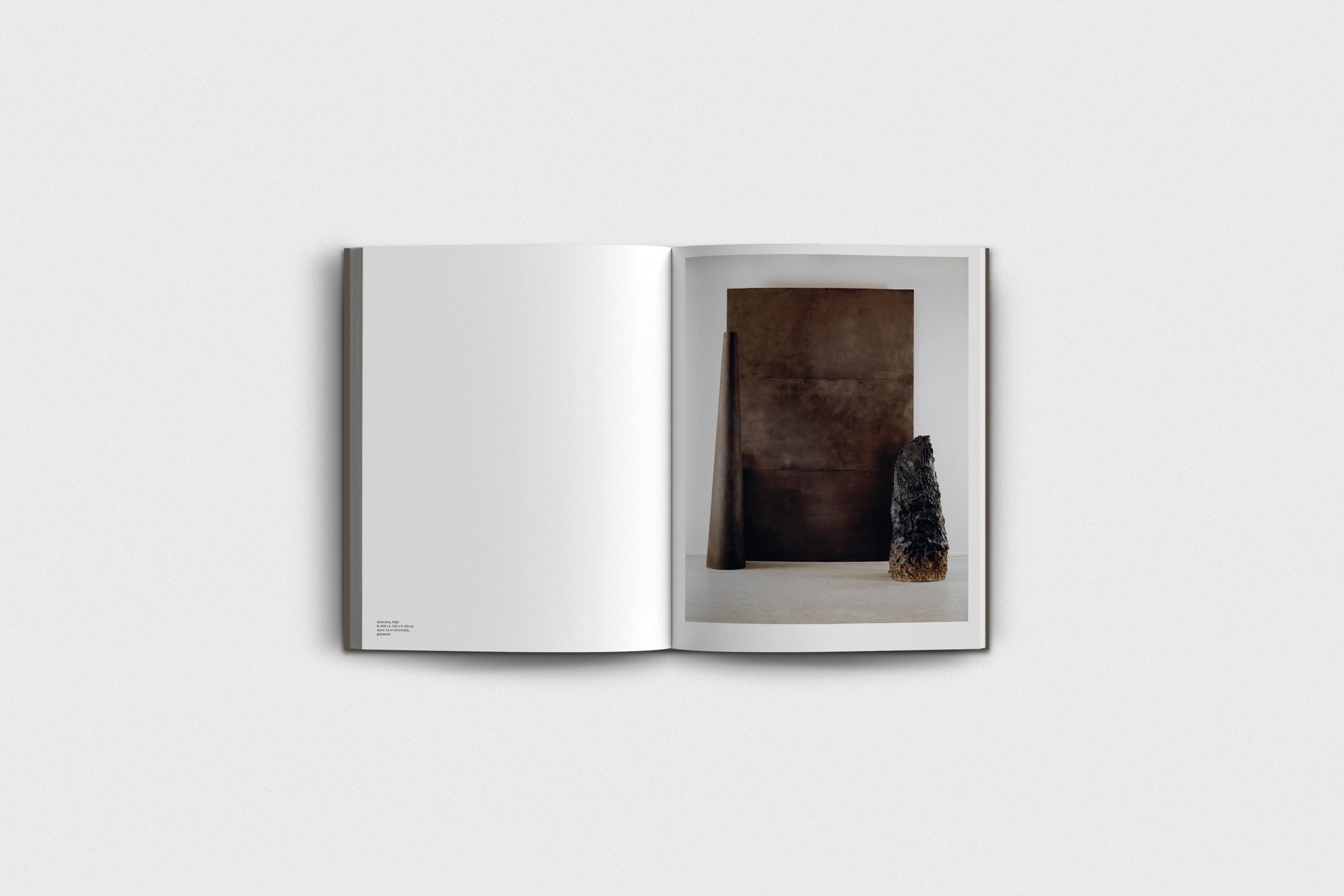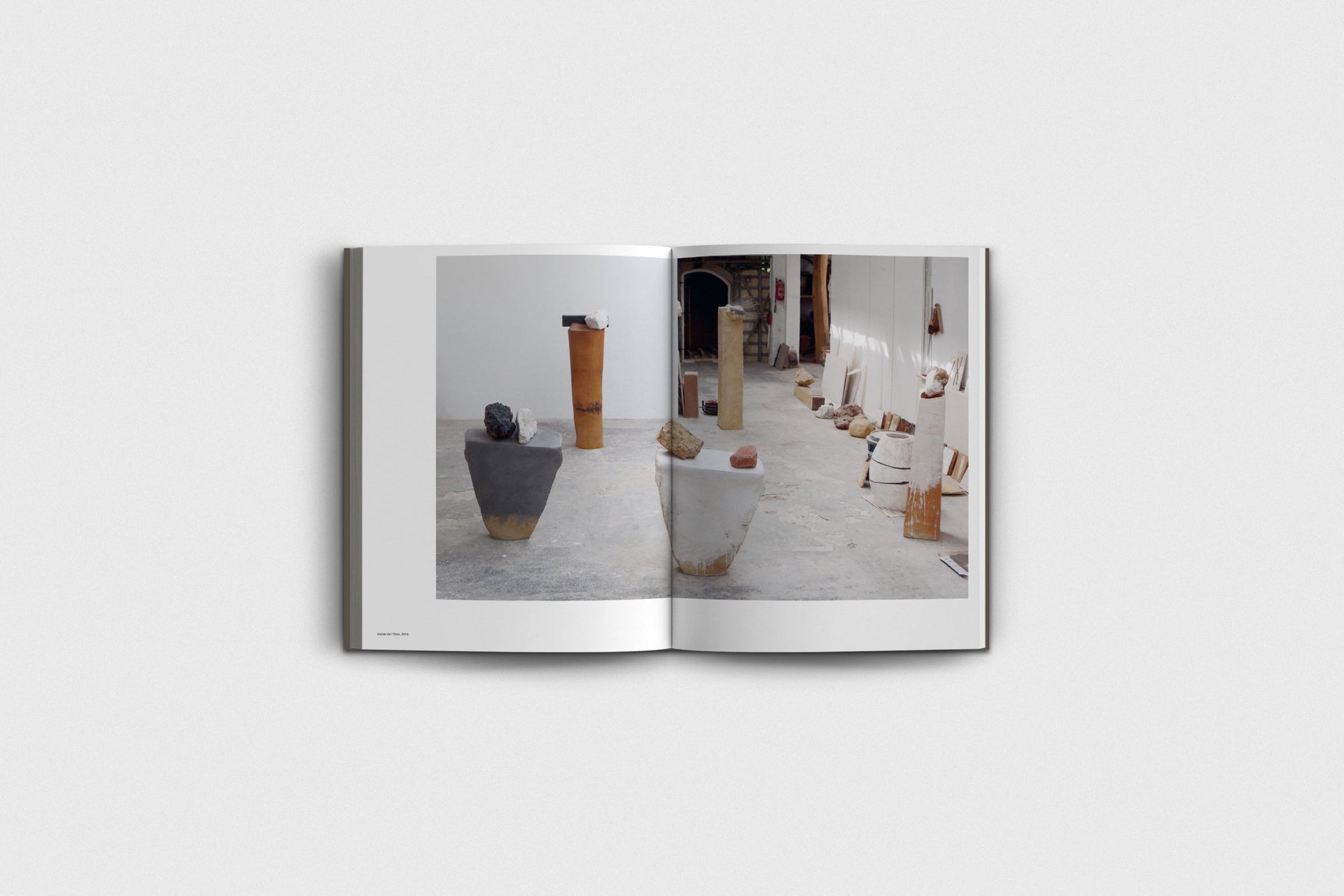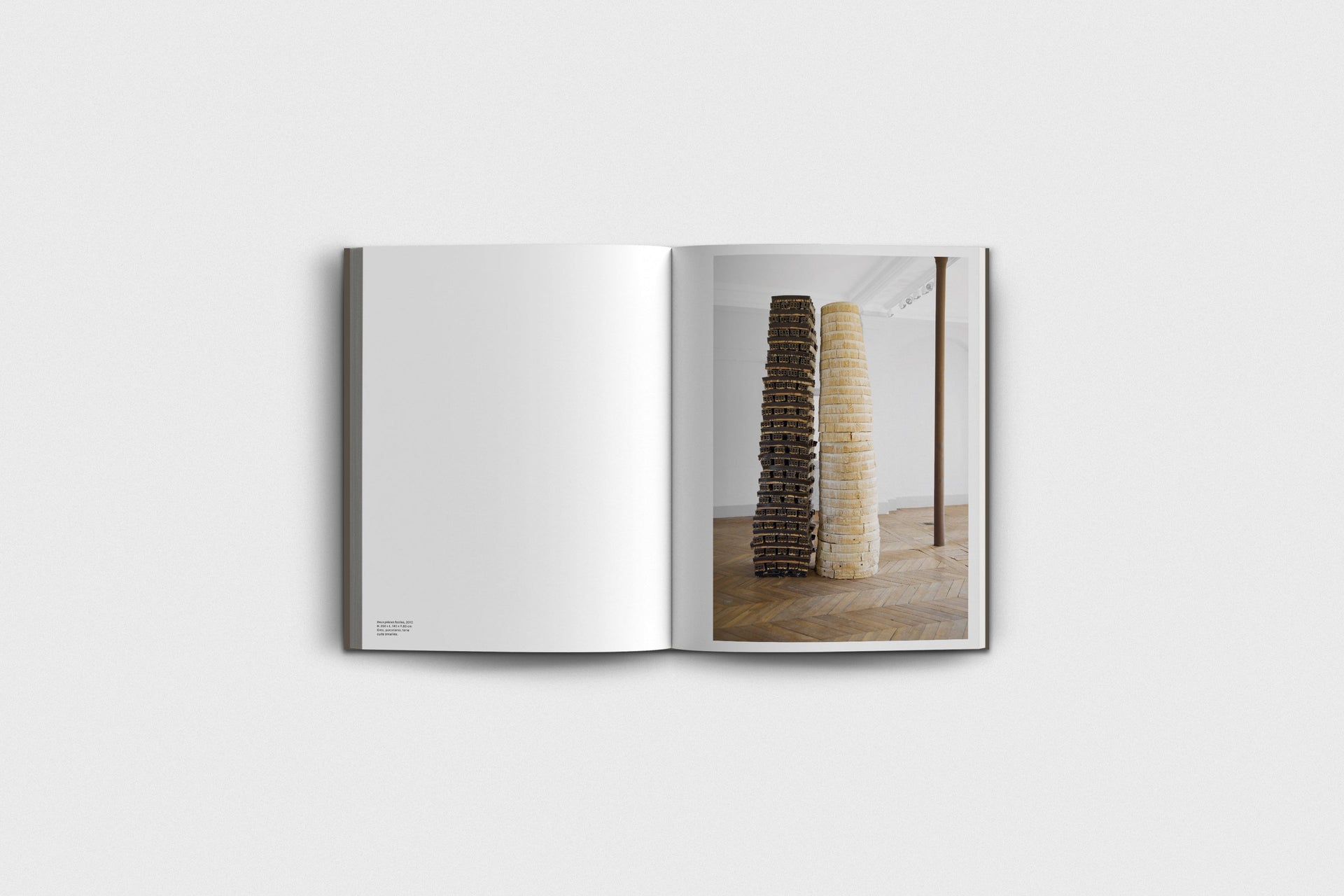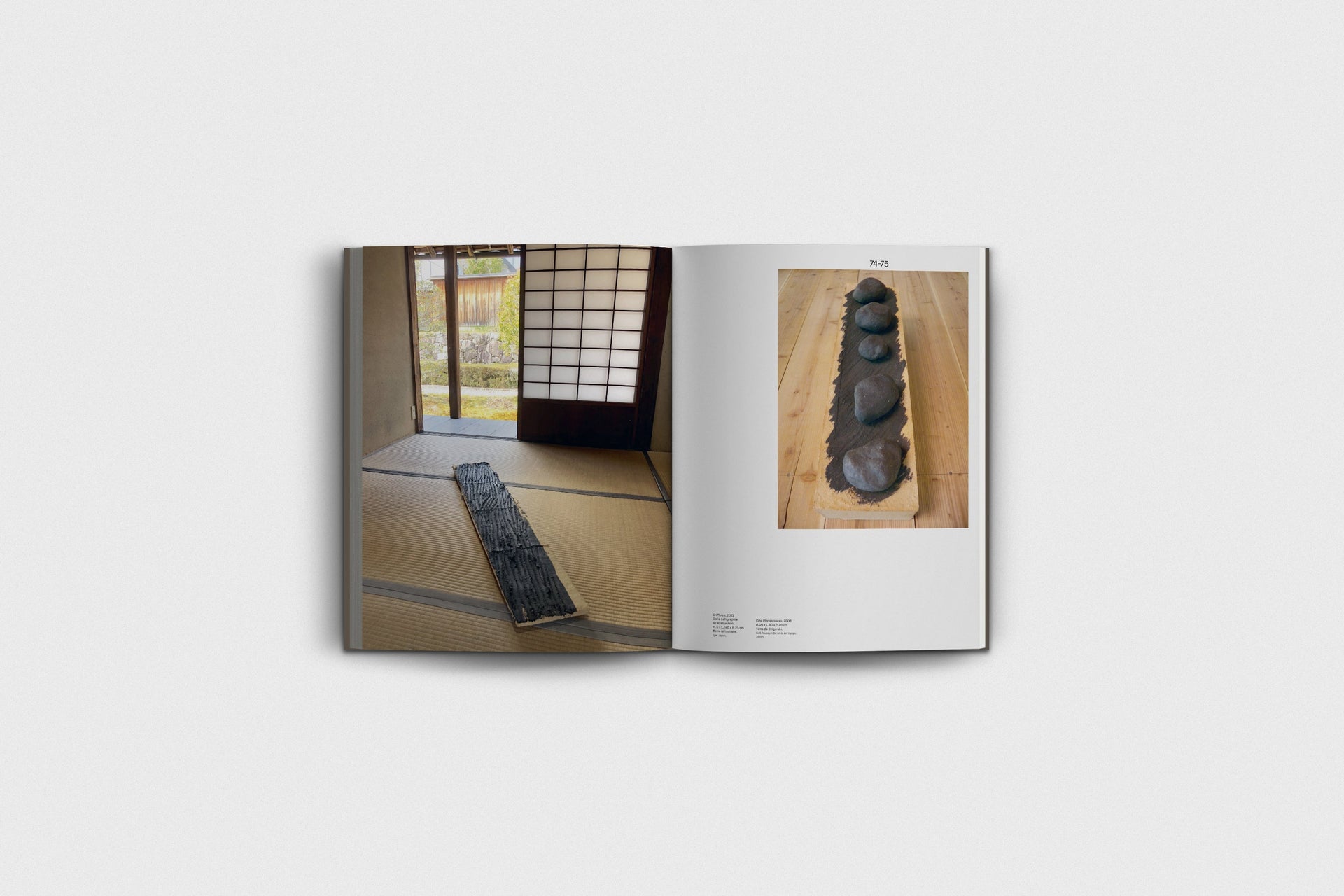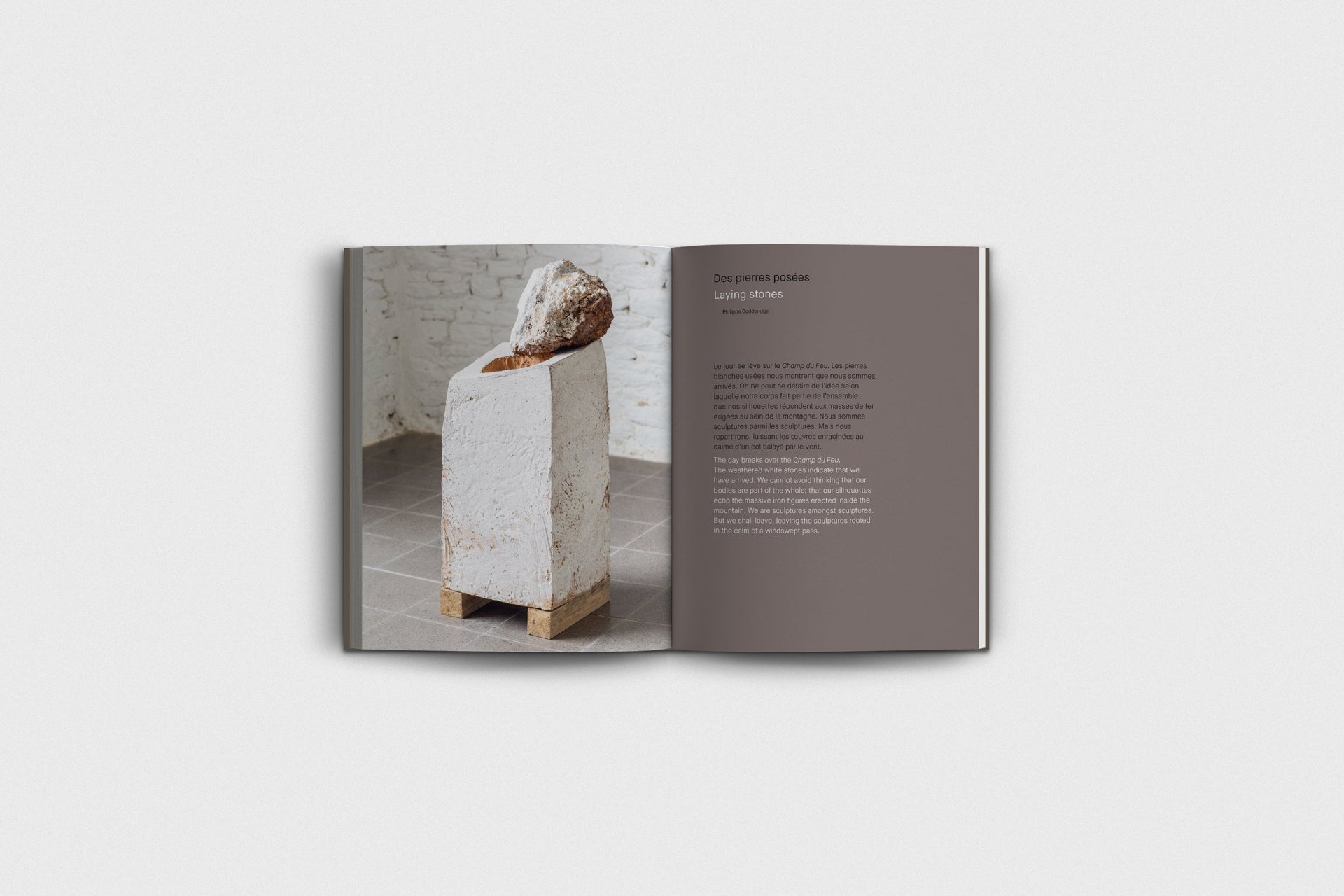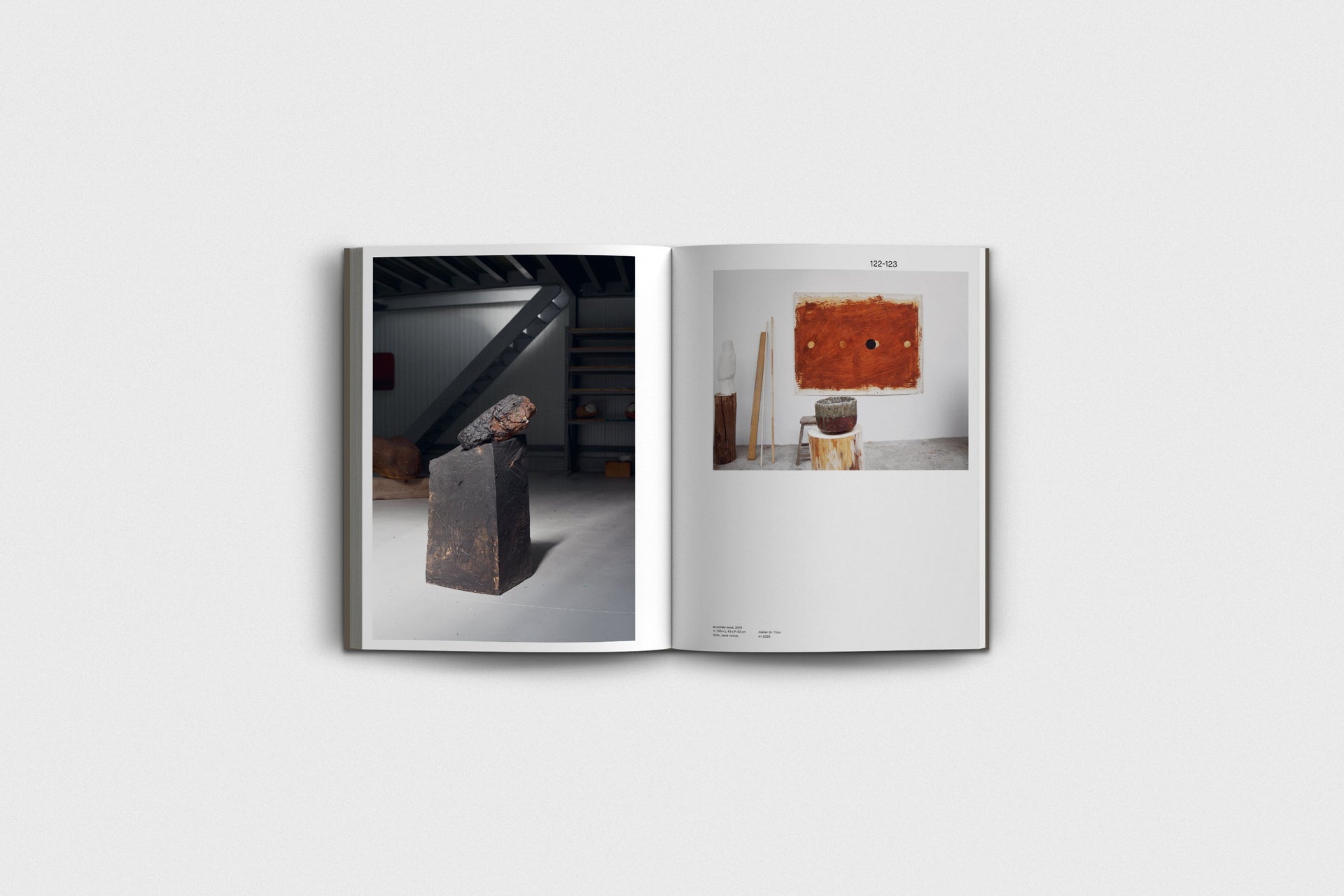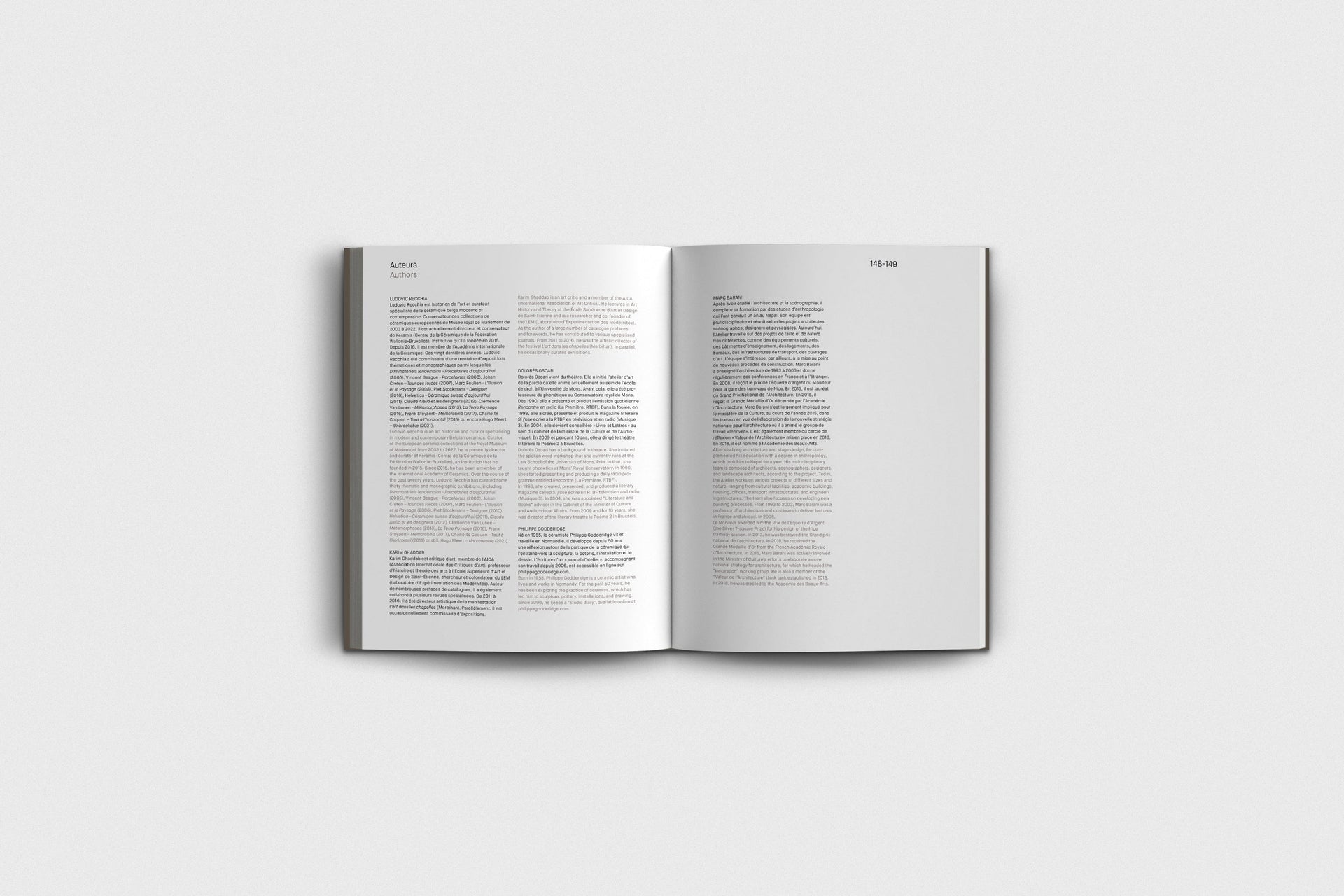Daniel Pontoreau
Avant le paysage
Unavailable
Daniel Pontoreau
Avant le paysage
Book details
- ISBN :
- 978-2-930451-43-5
- Year :
- 2022
- Cover :
- cardboard
- Size :
- 20 x 26 cm
- Pages :
- 160
- Languages :
- Fr En
This book provides the most thorough overview of the oeuvre of this artist, born in Paris in 1945, and who now works between Acy-en-Multien (Oise) and Asfalou (Morocco). Daniel Pontoreau’s ceramic and bronze sculptures conjure up rocks or standing stones. Whether alone or combined with other figures in abstract and often monumental compositions, they bear an undeniable archetypal dimension. The artist is widely regarded as one of the great landscape and public area specialists.
Daniel Pontoreau’s works can be found in several public collections in France (Musée d’Art Moderne de la Ville de Paris, Fonds National d’Art Contemporain, Musée des Beaux-Arts de Lyon, etc.), China (International Ceramic Art Museum in Fuping), Japan (Museum of Ceramic Art in Hyogo, Museum of Ceramic in Shigaraki) and Korea (Clayarch Gimhae Museum). This book accompanies the major exhibition dedicated to Daniel Pontoreau organised by Keramis, Centre de la Céramique in La Louvière.
